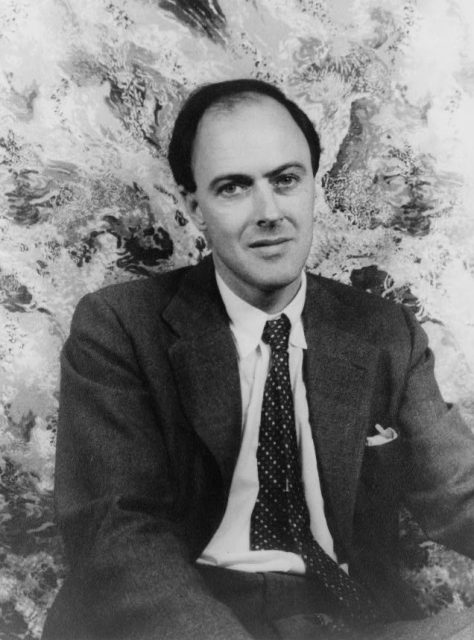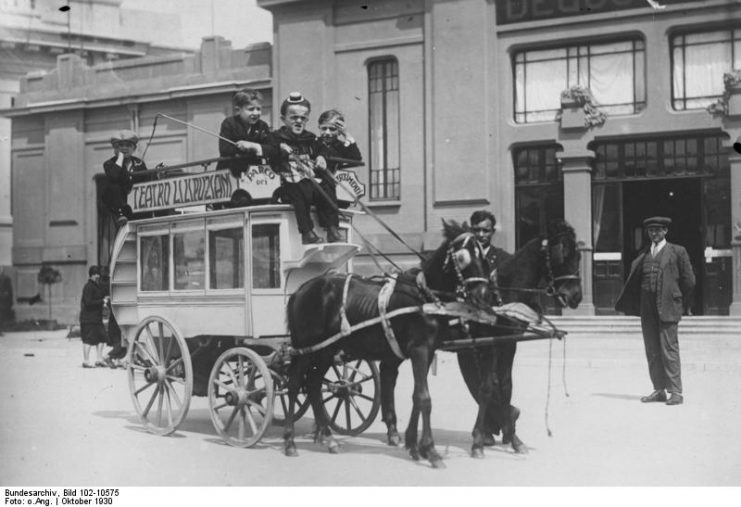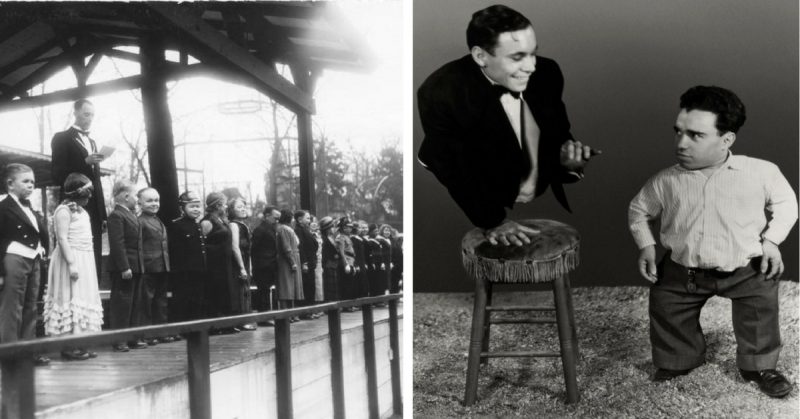The famous Roald Dahl children’s book ― Charlie and the Chocolate Factory ― was written in 1964, and garnered a significant audience among young readers. When Mel Stuart’s daughter read the book, she asked her father, the director of the film adaptation, to make a movie based on her favorite novel. Stuart instantly recognized the potential of the book, and soon Gene Wilder was on board. The rest is history.
But history has a way of influencing the present in various forms, as is well known. Filming began in 1970 in Munich, West Germany as the production had a low budget which excluded popular and expensive locations in England or America.
The film crew agreed that the Bavarian city was particularly complimentary to the literary vision of Roald Dahl. The town’s Central European architecture was both more exotic and fairytale-like than the all-too-familiar brick-laid streets of Victorian-era London ― suitable for Dickens, but not for Dahl.
The fantasy world was set ― a world in which an edible chocolate river flows through a candy factory while the eccentric, but good-hearted Willy Wonka sings and dances surrounded by his faithful, yet mischievous, green-haired Oompa-Loompas.

For the roles of the Pygmy-like Oompa-Loompas, a number of dwarves were cast. The initial idea was to employ local non-professional actors who were persons of short stature, to cut expenses. Little did the film crew know that finding such actors in Germany would be like looking for a needle in a haystack.
The problem was that during WWII, most of the people with growth disorders were deemed “unfit for living,” under the T4 Euthanasia Program. Nazi Party officials dwelled on eugenics, twisting it for their needs and turning it into a racist pseudoscience. The same pretext was used on those with dwarfism, the disabled, the mentally ill or the mentally challenged.
They wanted the Reich of the future to be rid of all those humans uncompliant with their vision of an ethnically and racially pure Greater Germany. It led to the execution of more than 300,000 people under the T4 Euthanasia Program, among which was almost the entire European population of people with the growth disorder commonly known as dwarfism.
After discovering this horrible truth, which was not widely known outside Germany at the time, the producers of the film had to fly in small actors from all over the world. Seven of them were from England, including one actress, one was from Malta, one from Turkey and only one actor suitable for the role of an Oompa Loompa was found in Germany.

In a desperate attempt to fill the ranks of short factory workers, the producers tried to employ some overweight children as a substitute, but the idea was abandoned. Although the book contains a few hundred Oompa-Loompa workers, the film had to settle with a mere ten, due to the difficulties in finding actors of suitable stature.
Nevertheless, the film became a cult classic ― its wittiness, humor and a mixture of both fighting and cheerful elements set the tone for many other movies that followed in the musical genre. Gene Wilder’s portrayal of Willy Wonka remains popular to this day, and the film still finds an audience in the younger generation.
On the other hand, the difficulty concerning the Oompa-Loompas cast a dark shadow over the film’s production. It reminded everyone that the war might be long over, but the consequences of the Nazi regime’s horrific acts remained for years ―sometimes in the least expected places.
